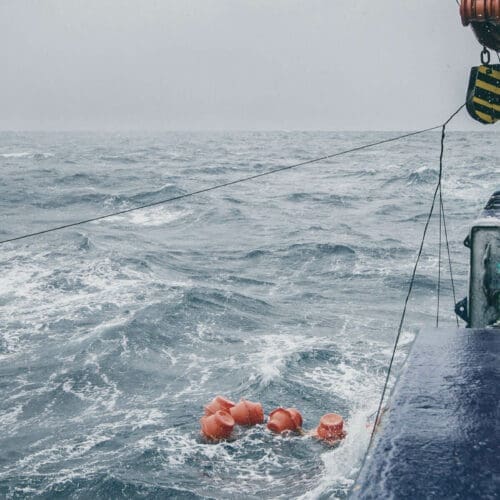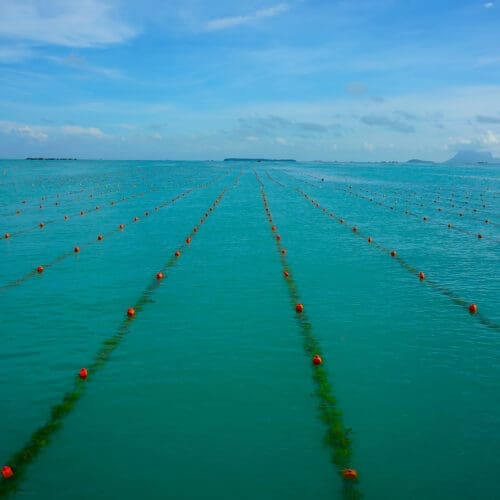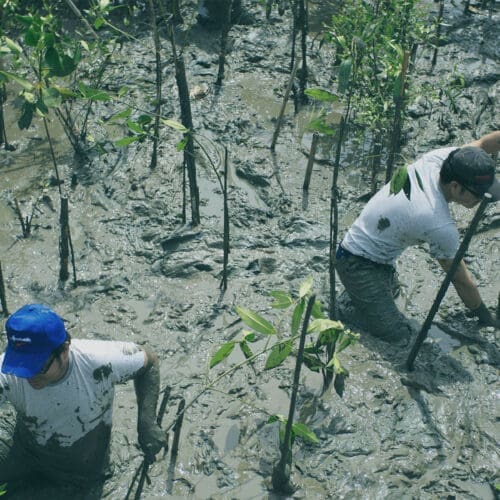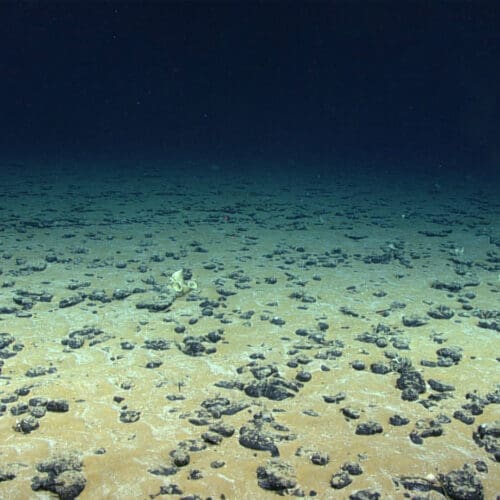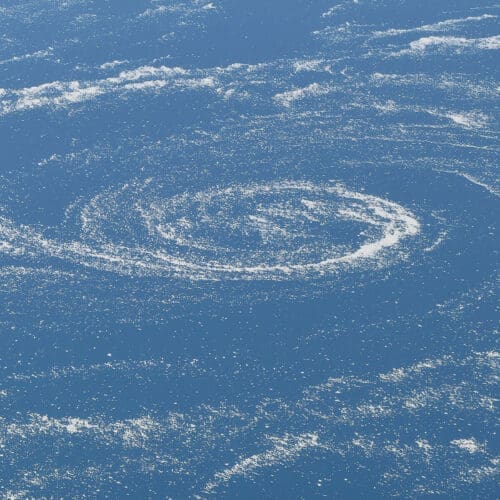Deep Sea Storage Overview
marine Carbon capture and storage (CCS) is the process of capturing and storing carbon dioxide (CO₂) before it is released into the atmosphere. Usually, the CO₂ is captured from large point sources, such as coal-fired power plants, and then stored in an underground geological formation. Captured CO₂ could also be stored in the ocean water column or on the sea bed—if done so at a sufficient depth. Captured CO₂ could also be mineralized via reation with seafloor rocks, enabling permanent carbon storage. Similarly, plant waste from agricultural production or seaweed farming could be sunk to the deep ocean for long-term sequestration.

